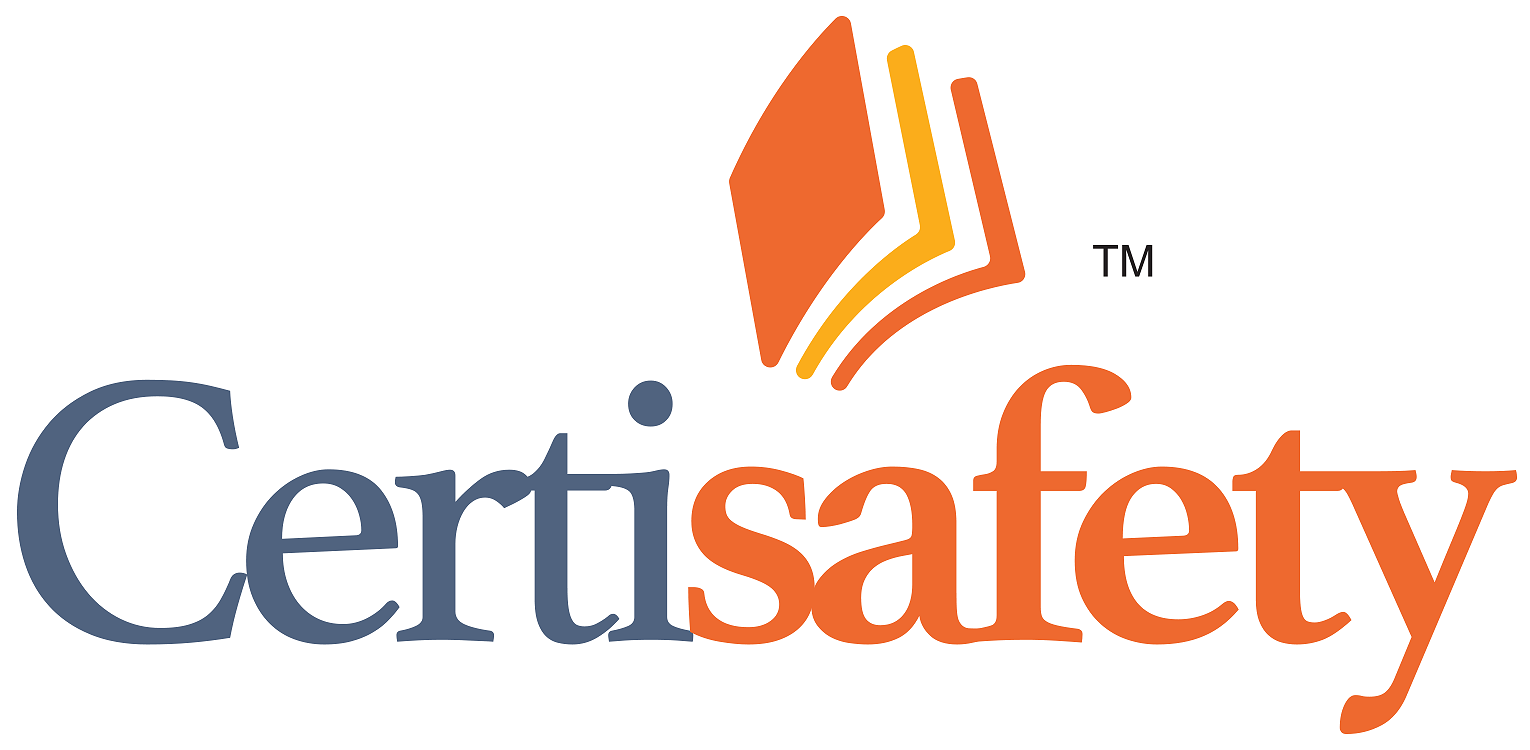

2. Which of the following is not a nontechnical guideline to determine whether the work area has excessive noise levels? (Plog, 11-12)
3. Which of the following is one of the first signs of oxygen deficiency? (Plog, 23)
4. To produce an index of general contamination the industrial hygienist take: (Plog, 27)
5. What is a finely divided liquid suspended in the atmosphere? (Plog, 22)
6. What is the 8-hour TWA limit for noise exposure? (CFR 1910.95 Plog, 12)
7. What is the 4-hour TWA limit for noise exposure? (CFR 1910.95, Plog, 12)
8. What instrument is used to measure electric fields at frequencies above 100 kHz: (Plog, 292)
9. What is the employer required to do first if permissible limits for noise exposure are exceeded? (Plog, 12)
10. Dust particles more than this size usually do not remain airborne: (Plog, 22)
Copyright ©2000-2018 Geigle Safety Group, Inc. All rights reserved. Federal copyright prohibits unauthorized reproduction by any means without permission. Students may reproduce materials for personal study. Disclaimer: This material is for training purposes only to inform the reader of occupational safety and health best practices and general compliance requirement and is not a substitute for provisions of the OSH Act of 1970 or any governmental regulatory agency. CertiSafety is a division of Geigle Safety Group, Inc., and is not connected or affiliated with the U.S. Department of Labor (DOL), or the Occupational Safety and Health Administration (OSHA).